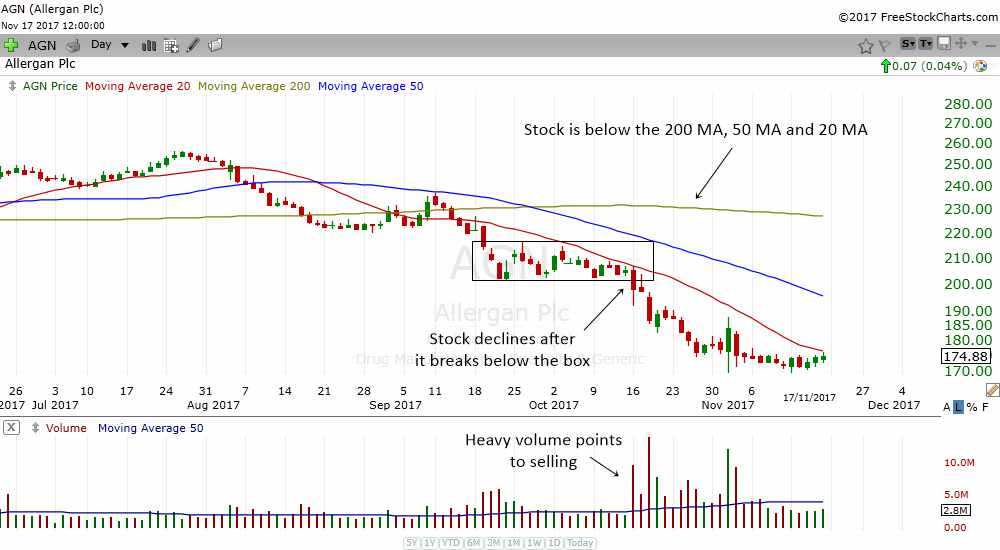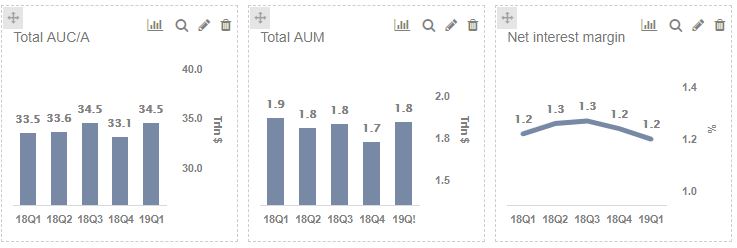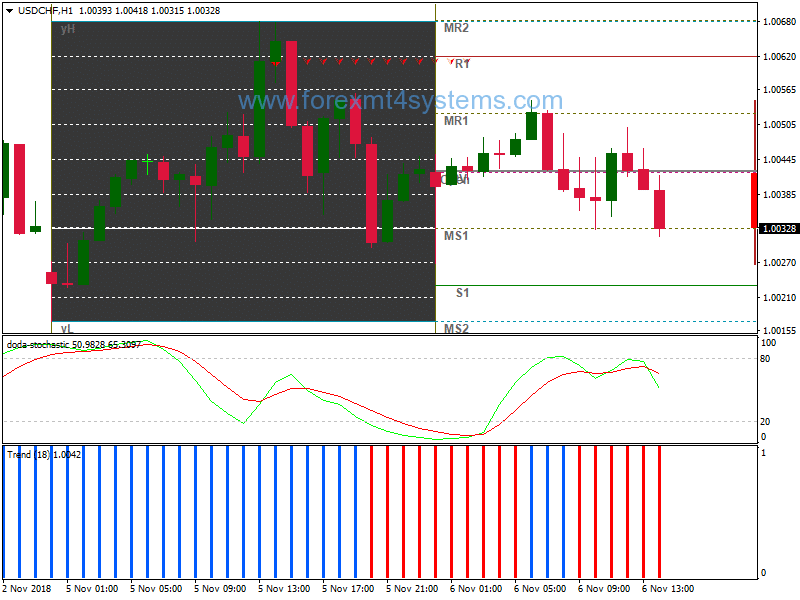Contents:


So, you make your initial journal entry for accrued expenses. Then, you flip the original record with another entry when you pay the amount due. Generally, you accrue a liability in one period and pay the expense in the next period. That means you enter the liability in your books at the end of an accounting period. And in the next period, you reverse the accrued liabilities journal entry when you pay the debt.
- And sometimes, you might use credit to make these purchases, resulting in accrued liabilities.
- Expenses and liabilities are not interchangeable terms.
- The company, on the other hand, upon depositing the cash with the bank, records a decrease in its cash and a corresponding increase in its bank deposits .
- A bond payable account is credited in the books of accounts with the corresponding debit to the cash account on the issue date.
An expense is the cost of operations that a company incurs to generate revenue. The major difference between expenses and liabilities is that an expense is related to your firm’s revenue. Expenses and revenue are listed on an income statement but not on a balance sheet with assets and liabilities. The balances in liability accounts are nearly always credit balances and will be reported on the balance sheet as either current liabilities or noncurrent (or long-term) liabilities. A well-run bank will assume that a small percentage of borrowers will not repay their loans on time, or at all, and factor these missing payments into its planning.
What is a Liability Account? – Definition
Your Guide to Running a Business The tools and resources you need to run your business successfully. Small Business Stories Celebrating the stories and successes of real small business owners. Your Guide to Starting a Business The tools and resources you need to get your new business idea off the ground.
Unearned Accounts Receivable. Allowance for Uncollectible Accounts. Sales Returns and Allowances. Uncollectible Accounts Expense.
If you’re doing it manually, you’ll just add up every liability in your general ledger and total it on your balance sheet. Also sometimes called “non-current liabilities,” these are any obligations, payables, loans and any other liabilities that are due more than 12 months from now. All accounts that normally contain a debit balance will increase in amount when a debit is added to them, and reduced when a credit is added to them. The types of accounts to which this rule applies are expenses, assets, and dividends. Non-Current Liabilities AccountingThe most common examples of Non-Current Liabilities are debentures, bond payables, deferred tax liabilities etc. Non-Current Liabilities are the payables or obligations of an entity which might not be settled within twelve months of accounting such transactions.
Along with diversifying their what does mm mean, banks have several other strategies to reduce the risk of an unexpectedly large number of loan defaults. Nevertheless, in a lengthy recession, most banks will see their net worth decline because a higher share of loans will not be repaid in tough economic times. The economic stage was now set for a banking crisis. In the 2008–2011 period, 318 banks failed in the United States. Many banks make mortgage loans so that people can buy a home, but then do not keep the loans on their books as an asset.
How Do Liabilities Relate to Assets and Equity?
Say that a family takes out a 30-year mortgage loan to purchase a house, which means that the borrower will repay the loan over the next 30 years. This loan is clearly an asset from the bank’s perspective, because the borrower has a legal obligation to make payments to the bank over time. But in practical terms, how can the value of the mortgage loan that is being paid over 30 years be measured in the present? One way of measuring the value of something—whether a loan or anything else—is by estimating what another party in the market is willing to pay for it. Many banks issue home loans, and charge various handling and processing fees for doing so, but then sell the loans to other banks or financial institutions who collect the loan payments.
Form 425 Leo Holdings Corp. II Filed by: Leo Holdings Corp. II – StreetInsider.com
Form 425 Leo Holdings Corp. II Filed by: Leo Holdings Corp. II.
Posted: Thu, 13 Apr 2023 20:18:45 GMT [source]
The use of this account is optional. 713 Reserve for Encumbrances. A reserve representing that portion of a fund balance segregated to provide for unliquidated encumbrances.
Liability:
A. Actual refinancing after the balance sheet date by issuance of a long-term obligation. This article shows you how to read and make a balance sheet. FreshBooks also has accounting software that generates a balance sheet automatically. Equity should be positive and the higher the number the better. A negative number means that the business is in trouble and action needs to be taken to minimize liabilities and increase assets. Fixed assets are physical items that last over a year and have financial value to a company, such as computer equipment and tools.
It is simply the sum a company will have to pay in the future. It could be anything, from repaying its investors to paying a courier delivery partner just a modest sum. It can appear like spending and liabilities are the same thing, but they’re not. Expenses are what your organization regularly pays to fund operations. The commitments and debts owed to other people are known as liabilities. Liabilities are an effective way of getting money and is preferred over raising capital using equity.

It makes it easier for anyone looking at your financial statements to figure out how liquid your business is (i.e. capable of paying its debts). Liabilities are any debts your company has, whether it’s bank loans, mortgages, unpaid bills, IOUs, or any other sum of money that you owe someone else. A debit either increases an asset or decreases a liability; a credit either decreases an asset or increases a liability. According to the principle of double-entry, every financial transaction corresponds to both a debit and a credit. Liabilities are debts and obligations of the business they represent as creditor’s claim on business assets. Non-Current liabilities are the obligations of a company that are supposed to be paid or settled on a long-term basis, generally more than a year.
Which of the following liabilities would most likely be listed last on a statement of financial position? Bonds payable, due in 20 years. Note payable, due in 3 years. Income taxes payable. A note payable is a liability account that arises from the point where the maker issues a promissory note to… How can banks protect themselves against an unexpectedly high rate of loan defaults and against the risk of an asset-liability time mismatch?
Climate change litigation in the UK – risks for corporates in the new … – JD Supra
Climate change litigation in the UK – risks for corporates in the new ….
Posted: Wed, 12 Apr 2023 16:26:37 GMT [source]
The other alternatives are inconsequential to recording the liability. Vested rights are a legal and binding obligation on the company, whereas accumulated rights expire at the end of the accounting period in which they arose. The funds used to liquidate it are currently classified as a long-term investment on the balance sheet. Void of notes payable, as notes are always long-term. A liability must meet the three characteristics noted in alternatives A, C, and D. The indication in alternative B that the obligation be liquidated using assets earned in the normal course of operations is not an essential characteristic.
The balance sheet should also be reviewed periodically to make sure a business’s liabilities are not growing faster than its assets. Assets and liabilities are key factors to making smarter decisions with your corporate finances and are often showcased in the balance sheet and other financial statements. This formula is used to create financial statements, including the balance sheet, that can be used to find the economic value and net worth of a company. Make financial decisions.

The terms of the new obligation incurred or to be incurred. The interest rate on the long-term obligation is not above the prime rate. It can demonstrate that a negative effect on working capital will result if it is not reclassified. The debt is to be refinanced on a long-term basis. The debt is to be converted into capital stock.
- Non-Current Liabilities are the payables or obligations of an entity which might not be settled within twelve months of accounting such transactions.
- In the 2008–2011 period, 318 banks failed in the United States.
- You might also have an accrued expense if you incur a debt in a period but don’t receive an invoice until a later period.
- Finds the expense account being charged when the seller performs in compliance with the warranty.
The company is required to pay only current liabili… In accounting, assets are what a company owns while liabilities are what a company owns, according to the Houston Chronicle. This content is for information purposes only and should not be considered legal, accounting, or tax advice, or a substitute for obtaining such advice specific to your business. Additional information and exceptions may apply. Applicable laws may vary by state or locality. No assurance is given that the information is comprehensive in its coverage or that it is suitable in dealing with a customer’s particular situation.
A liability created when a business collects cash from customers in advance of providing services or delivering good is called… Which of the following accounts are closed at year-end? Which of the following accounts normally has a debit balance? Service Fees Earned. B. Accounts Payable. Which account shows the amount of accounts receivable that the business does not expect to collect?
https://1investing.in/ and banks are marvelous social inventions that help a modern economy to function. Compared with the alternative of barter, money makes market exchanges vastly easier in goods, labor, and financial markets. Banking makes money still more effective in facilitating exchanges in goods and labor markets.
